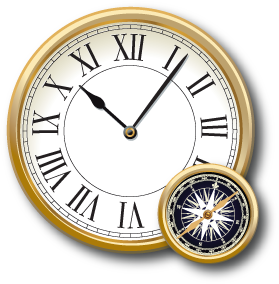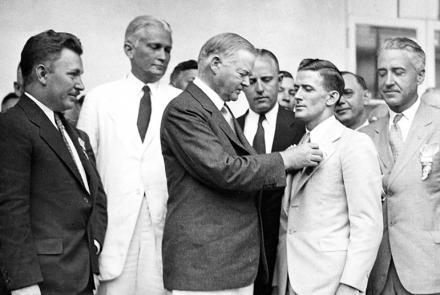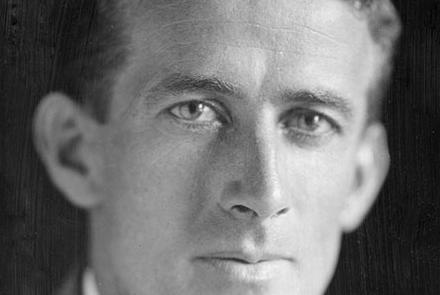Wiley Post and Harold Gatty flew around the world in record time using new navigational innovations.
Wiley Post, with Harold Gatty as navigator, circled the world in 1931, shattering previous records. Their plane, the Winnie Mae, served as a flying laboratory for many new technologies, including the new Weems System of Navigation.
Besides having the best-equipped aircraft for navigation, Post had convinced Gatty to install the latest in cockpit instrumentation: the Sperry artificial horizon and directional gyro. These instruments would prove crucial, as the Winnie Mae spent much of its flight in the clouds, and Post, who had lost an eye in an industrial accident, had to endure incredibly demanding tests of concentration.
Post and Gatty took off from New York with great fanfare. Their first stop was Harbor Grace, Newfoundland. From there, the 14-stop course included England, Germany, Russia, Siberia, Alaska, Canada, Cleveland, and finally New York on July 1, 1931. They completed the circuit in 8 days, 15 hours, and 51 minutes. Hall’s admiration for his pilot prompted him to give the Winnie Mae to Post. If Charles Lindbergh’s 1927 flight to Paris with minimal navigational training or equipment marked the immature state of air navigation technology, the around-the-world flight of the Winnie Mae suggested that, in four years, overseas air navigation had finally become practical.
Post spent the following year exhibiting the plane and conducting flight tests. He overhauled the engine and installed a loaned prototype Air Corps radio compass and the first commercial model of the new Sperry autopilot. These two components made the Winnie Mae, for that moment at least, the best-equipped aircraft in the nation.











